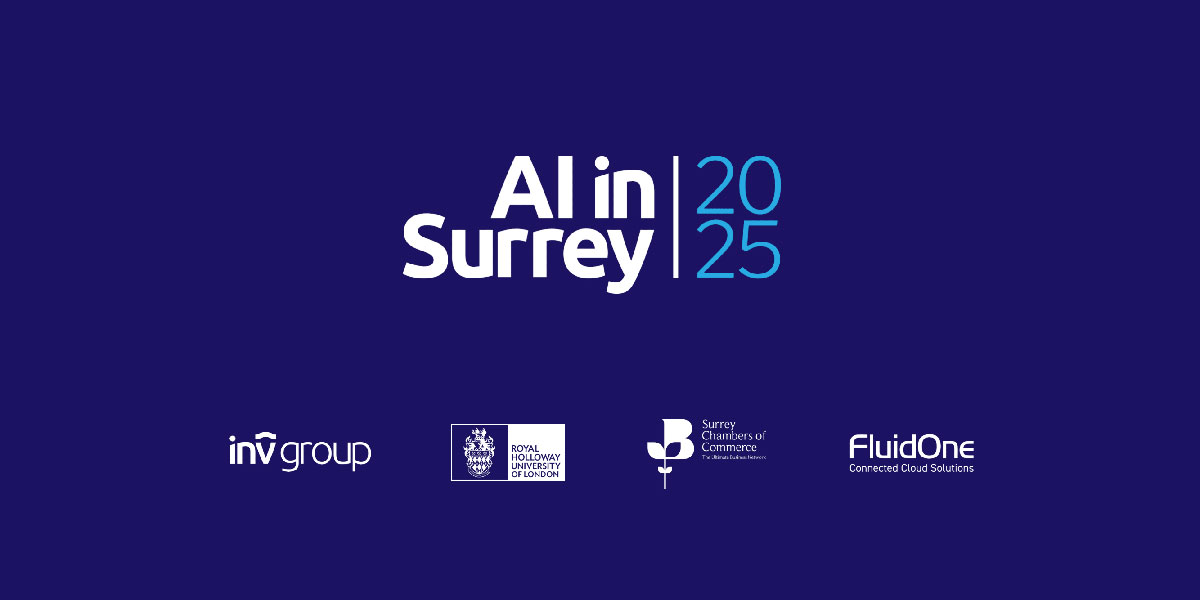Recently, I ran an online workshop for organisations to gain a clearer understanding of the challenges and opportunities facing supply chain design, integration and optimisation within manufacturing today. These are some of the issues we considered:
Your customer is always connected
In today’s business world, there are massive transformations happening across supply chains as a result of digital technology adoption. Digital transformation is forcing companies to change their business models, processes and operational activities and adapt to the new market reality. And what is driving this change? The customer.
Your customer is always connected. What can your organisation offer them in that digital realm? Your business needs to be clear about its value proposition, and explain this value to the customer in an engaging way, analysing data in order to create a personalised offer for them.
Once you start to generate consumer data at a granular level, you can use this to develop a predictive analysis which will give early warnings of when things could potentially go wrong and also to feedback into the product design process.
What you’ll need for data visualisation
Firstly, a strategic review of the supply chain footprint. This will help you analyse and segment supply chains. Secondly, a ‘Control Tower’, allowing you to watch and control your supply chains. This kind of overview can have real-world benefits; access to early signals ensures you can respond quickly to unexpected changes or crises like COVID-19.
Using blockchain for traceability?
Blockchain technologies can help tackle challenges in the supply chain, particularly around provenance. However, there are still questions about how to best develop blockchain:
- How will it integrate with existing technology systems?
- Can organisations adopt the culture of sharing needed to make blockchain work?
- What effective governance mechanisms will be needed to provide blockchain’s long term benefits?
Single businesses find it hard to instigate change
Companies have a greater impact when they collaborate. A great example of this was the disparate range of businesses across many sectors who came together quickly to create solutions for the ventilator challenge.
Collaborating with partners across different sectors and industries has a big impact and really drives change. There are some challenges, though the introduction of good online digital collaboration tools can help speed up and streamline adoption and help shape and standardise processes.
Working in partnership is also a vital part of scaling up effectively.
ISCF Manufacturing Made Smarter funding
The funding available via the ISCF Manufacturing Made Smarter competition (deadline: Wednesday 7 October, 11am) could be used to tackle some or all of these challenges. Businesses should consider where they could innovate that make the biggest impact; developing more informed customer data analytics, collaboration in groups, scaling digital technologies or data visualisation across supply chains.





